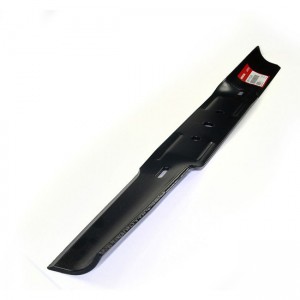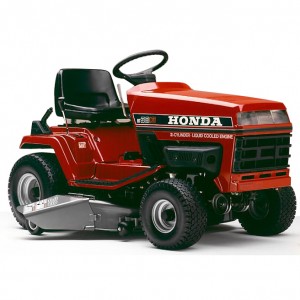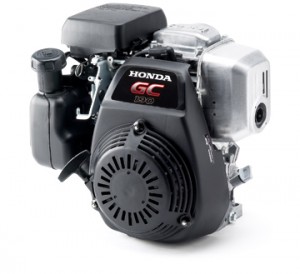 Which blades work best on your Honda mower? OEM blades, obviously, since they have shape and metallurgy Honda intended for the deck, giving them the longest life and best-cutting performance. Which type of blade should you get, and when should you replace them? That’s a little more complex since there are several blade options and several reasons you’d need to fit a new one.
Which blades work best on your Honda mower? OEM blades, obviously, since they have shape and metallurgy Honda intended for the deck, giving them the longest life and best-cutting performance. Which type of blade should you get, and when should you replace them? That’s a little more complex since there are several blade options and several reasons you’d need to fit a new one.
When Do I Need to Change My Blade, and When Can I Just Sharpen It?
The blade on your mower is designed to cut the grass, but if the edge becomes dull, it will stop cutting and start tearing the grass apart. This makes the finish uneven, and can leave the tips of the grass bruised, opening them up to infection. If the tips of the grass are brown after mowing, it’s well past time for your mower’s blade to be sharpened. For residential users, the blades usually need to be sharpened twice per season. For commercial users, blades may need to be sharpened as often as once per week!
Of course, sharpening only works if the blade is in good shape. The blade in your mower should be replaced when it’s bent, chipped, shows signs of cracking, or is heavily worn, either across the edge or along the blade. Since conditions and situations can vary so much between lawn conditions and mowers, there’s no set time when the blade will need to be replaced. A new blade could strike an object the first time it’s used, sandy soil can quickly erode the blade even under ideal conditions, or the blade may slowly wear down from repeated sharpening. That’s why the blade should always be thoroughly inspected whenever cutting performance begins to falter. Continue reading →



